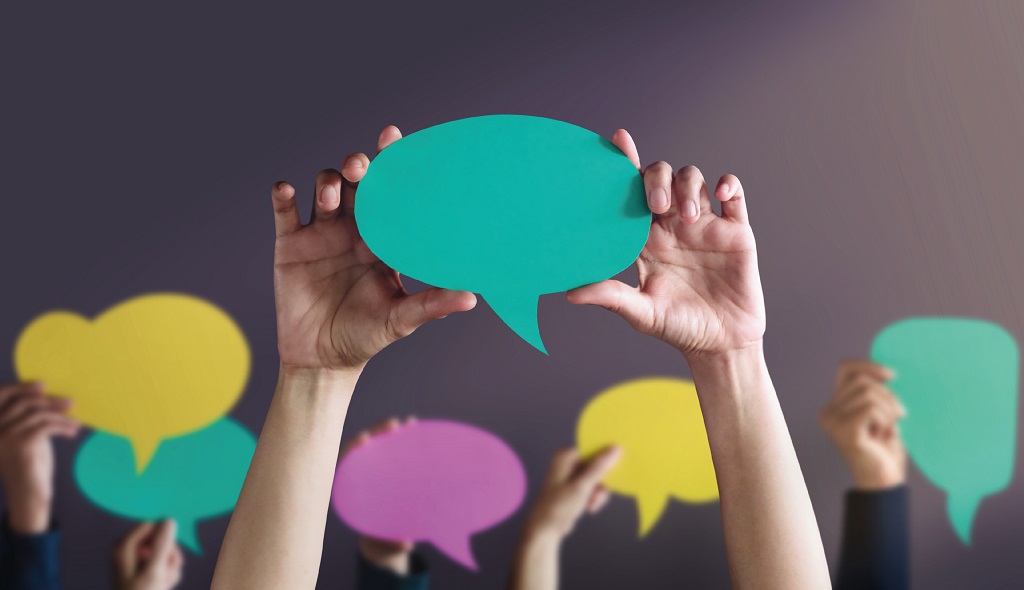Language can influence how we see the world in terms of gender and it is also one of the many ways a culture manifests. We know that some cultures are more conservative than others, some are more open-minded, some still have males as dominant figures, and others hold more antiquated views. Language can be a very powerful tool to change these realities and enable us to become a more inclusive society, where gender, race, age, etc. do not play a role in the treatment a person receives.
Let’s examine how language shapes our perception of gender and how this issue can be addressed.
Why Gender-Neutral Terms Matter

For those who don’t spend much time thinking about how our language choices influence the world around us, the debate over gender-neutral language choices may not seem all that important. However, studies have shown that gendered language can have repercussions. A 2019 study found that using gender-neutral pronouns actually increases positive attitudes towards women and LGBTQ+ community. This happens by reducing the prominence of male identity, which can lead to less gender-based bias.
Language can direct or redirect our attention to certain aspects of reality. For example, someone who is a bilingual Spanish and English speaker, may find themselves less likely to use male and feminine distinctions when they speak English compared to when they speak Spanish. While it can be difficult to change an entire culture, introducing gender-neutral language options can have an impact on the people who employ or are exposed to them. For example, Japanese is another language that has gender influences. The Japanese language reinforces how men and women should speak, with women being expected to be more polite, indirect, and subtle. Many different languages have inverted gender for the same nouns or concepts, but not all languages have marked gender. English does not, which makes it easier to convert English language choices to gender neutrality. Introducing gender-neutral language choices in Japan could lead to less of those stereotypical gender reinforcements.
Gender Prejudice in Language

Nouns across many different languages can be gendered. Whether or not a noun is considered female or male can alter how the speaker perceives that specific word and often impacts the adjectives they choose to describe that noun. Research has uncovered how people describe objects often correlates with the object’s given gender in a language. For example, in German, the word “bridge” has a feminine pronoun, so Germans are more likely to call bridges beautiful or elegant (traditionally feminine traits). In Spanish, the word “bridge” is masculine and is typically referred to as strong or sturdy. It’s easy to see how gendered language can, in a certain way, limit us or lead to certain prejudices.
Does Language Shape How We Think?
It appears that language does shape how we think. As we can see from the examples above, the gender association words have in different languages does have an impact in how we perceive reality. Once you acknowledge that, you can start making conscious decisions in word choices that are more gender neutral and inclusive. Little by little, languages can become more inclusive by means of their own speakers and effect change in the culture.









